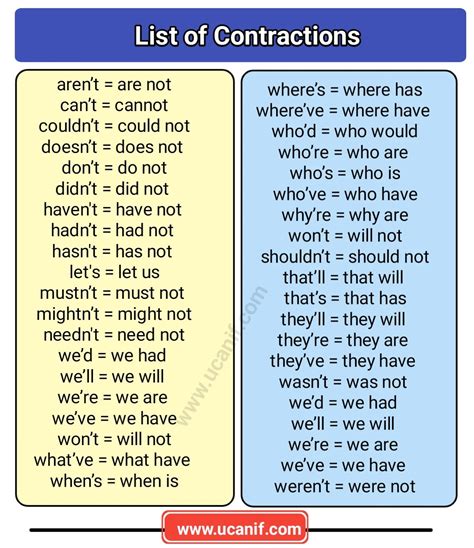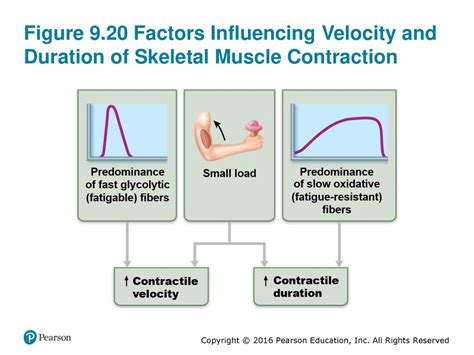Intro
Discover how long contractions last during labor, including early labor contractions, active labor, and transition phase, to prepare for a smooth childbirth experience.
The duration of contractions during labor is a topic of great interest and importance for expectant mothers. Understanding the length and intensity of contractions can help women prepare for the birthing process and make informed decisions about their care. Contractions are a natural part of labor, and their duration can vary significantly from one woman to another. In general, contractions can last anywhere from 30 seconds to over a minute, with the intensity and frequency increasing as labor progresses.
As labor begins, contractions may start out mild and infrequent, lasting around 30-45 seconds. These early contractions are often described as feeling like menstrual cramps or a tightening sensation in the abdomen. As labor intensifies, contractions become longer, stronger, and closer together. During the active phase of labor, contractions can last around 45-60 seconds, with a rest period of around 3-5 minutes in between. The transition phase, which is the most intense part of labor, can see contractions lasting up to 90 seconds or more, with little to no rest in between.
The experience of contractions can be highly individualized, and the duration can be influenced by various factors such as the position of the baby, the mother's overall health, and the presence of any complications. Women who have had previous births may find that their contractions are shorter and more intense, while first-time mothers may experience longer and more drawn-out contractions. Understanding the different stages of labor and the typical patterns of contractions can help women better navigate the birthing process and make informed decisions about their care.
Understanding Contractions

Types of Contractions
There are several types of contractions that women may experience during labor, including: * Braxton Hicks contractions: These are mild, practice contractions that can occur during pregnancy, often in the second or third trimester. * Early labor contractions: These are the mild, irregular contractions that occur at the beginning of labor. * Active labor contractions: These are the stronger, more frequent contractions that occur during the active phase of labor. * Transition contractions: These are the most intense contractions, which occur during the transition phase of labor.Factors Influencing Contraction Duration

Coping with Contractions
Coping with contractions is a crucial part of the labor process, and women can use a range of techniques to manage their discomfort. These may include: * Breathing techniques: Deep breathing, slow breathing, and other relaxation techniques can help women manage their pain and stay focused. * Positioning: Changing positions, such as walking, kneeling, or squatting, can help women find more comfortable positions and alleviate discomfort. * Massage: Massage, either from a partner or a professional, can help women relax and reduce pain. * Hydrotherapy: Soaking in a warm bath or using a shower can help women relax and reduce pain.Managing Contraction Pain

Benefits of Natural Pain Relief
Using natural methods to manage contraction pain can have a range of benefits, including: * Reduced risk of complications: Natural methods can reduce the risk of complications, such as fetal distress or placental abruption. * Increased sense of control: Women who use natural methods to manage their pain may feel more in control of their labor experience. * Reduced need for medical intervention: Natural methods can reduce the need for medical intervention, such as cesarean sections or forceps deliveries. * Improved overall experience: Women who use natural methods to manage their pain may report a more positive and empowering labor experience.Supporting a Woman in Labor

Importance of Continuous Support
Continuous support during labor can have a range of benefits, including: * Reduced risk of complications: Continuous support can reduce the risk of complications, such as fetal distress or placental abruption. * Improved pain management: Continuous support can help women manage their pain more effectively. * Increased sense of control: Continuous support can help women feel more in control of their labor experience. * Improved overall experience: Continuous support can lead to a more positive and empowering labor experience.Conclusion and Next Steps

We invite you to share your thoughts and experiences with contractions and labor in the comments below. Have you had a positive or challenging experience with contractions? What techniques did you find most helpful in managing your pain? Share your story and help other women prepare for their own labor experiences.
What is the average duration of contractions during labor?
+The average duration of contractions during labor can vary significantly, but they typically last around 30-90 seconds.
How often do contractions occur during labor?
+Contractions can occur anywhere from 3-5 minutes apart during early labor, and as frequently as every 1-2 minutes during active labor.
What are some natural methods for managing contraction pain?
+Natural methods for managing contraction pain include deep breathing, massage, hydrotherapy, and positioning.
